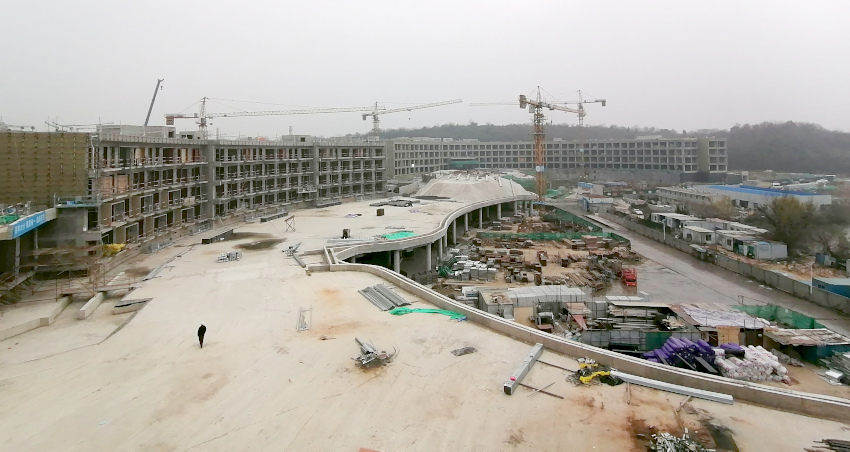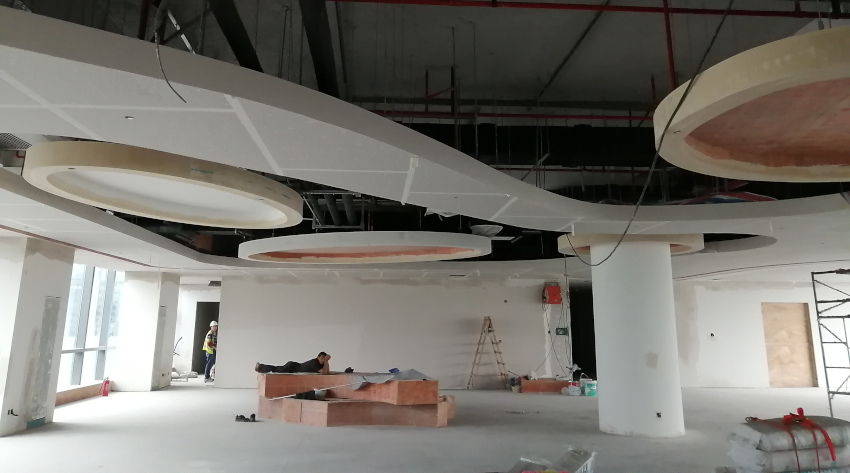
Architectural acoustics can generally be separated into two areas, these being sound isolation and interior sound quality. Sound isolation, is as it seems. It involves limiting the amount of sound transfer between two or more spaces. Sound quality refers to the way sound propagates in a space and the measures needed to control the sound which is fitting for the function of the space.
It's more than simply specifying STC ratings. It involves a clear and thorough understanding of the noise source the design goals of the receiving space and selecting assemblies that are well suited across the frequency spectrum. Additionally, it involves a careful review of the details. Without the supporting details, sound isolation performance can be greatly sacrificed.
Sound quality refers to the overall interior acoustic experience within a space. Most often it is quantified by reverberation time [RT60]. The goals of reverberation are space dependant. A conference room will require a shorter RT60 in order to maintain speech intelligibility while a music space may wish for a longer RT60 to promote a sense of ensemble between performers and the audience.
At JCK Acoustics Group, we not only provide recommendations for assemblies, we also provide written specifications, formatted drawings and site inspections that aim to guaranty performance as designed.
